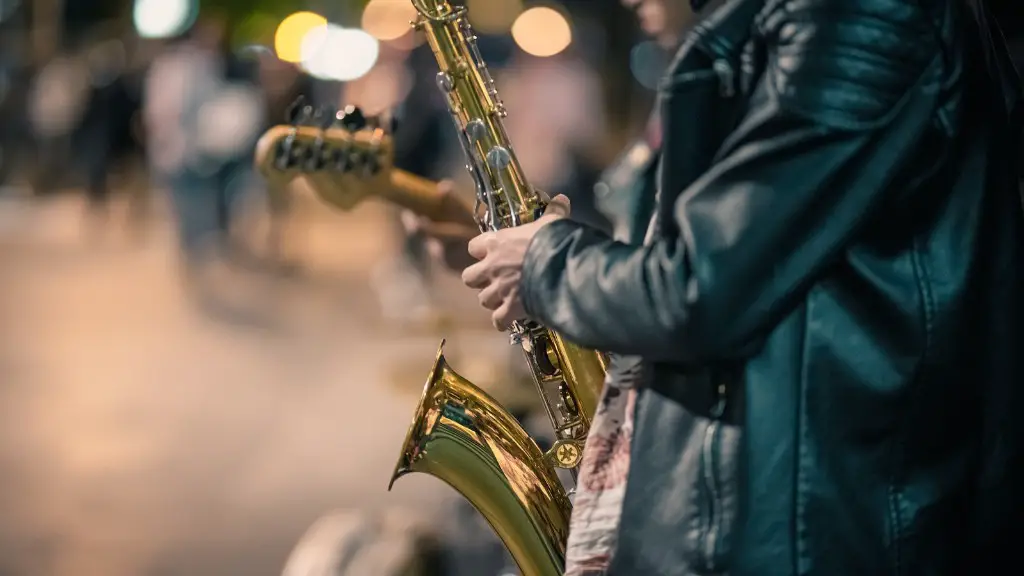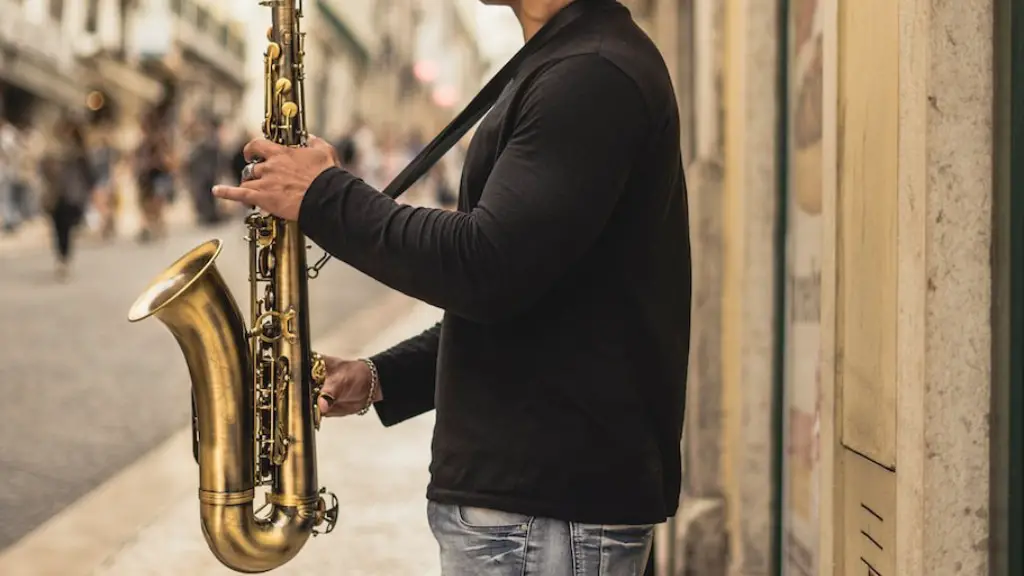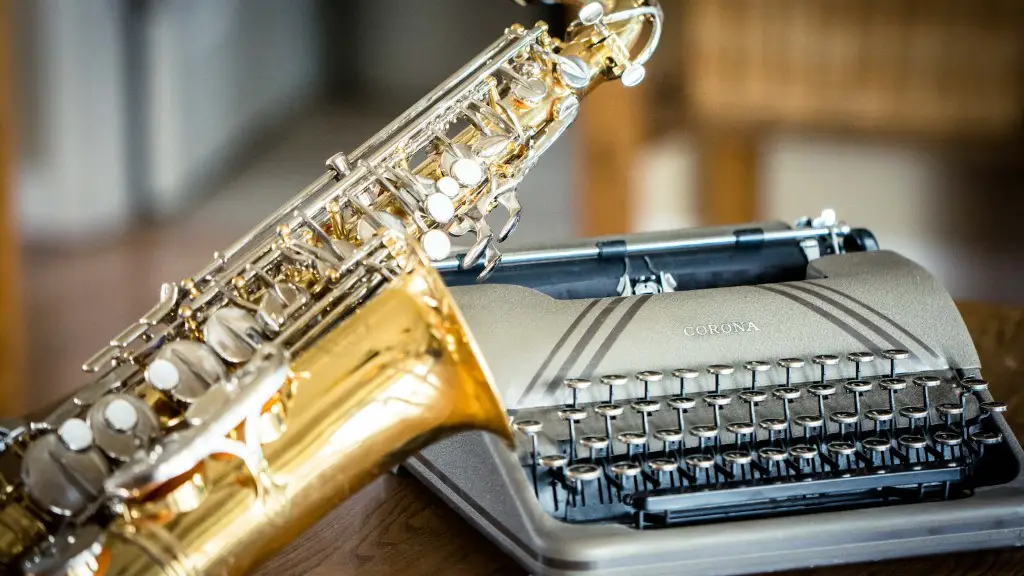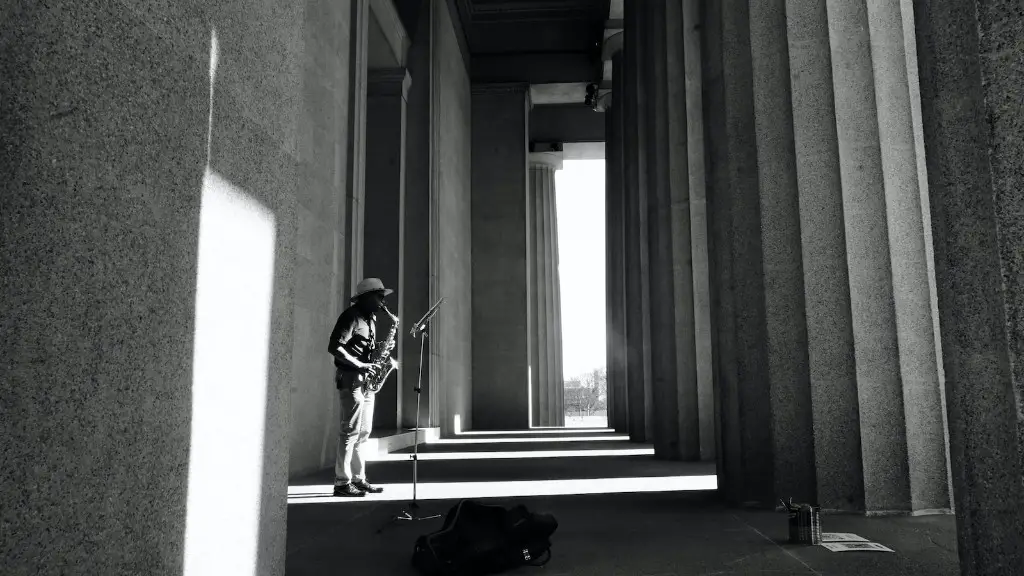Transposing for trumpet can be a tricky skill to learn. It requires understanding of key signatures and knowing how to play the trumpet in different keys. However, once you understand the concepts, transposing becomes easier.
This article will teach you how to transpose for trumpet. You will learn how to identify key signatures, transpose melodies and chords, and practice exercises to help you become more proficient in transposing.
You’ll need a basic understanding of music theory before beginning this tutorial – especially familiarity with key signatures and note names on the trumpet. Once you have a basic understanding of those concepts, you’ll be ready to start learning how to transpose for trumpet.
So let’s get started! With practice and patience, you’ll soon become a pro at transposing for trumpet.
Benefits of Learning Transposition for Trumpet
Learning transposition for trumpet can be a great way to improve your musical skills. It allows you to play in different keys, which can help increase your versatility as a musician. Transposing also helps you learn new music faster, since you only need to learn the same notes in different keys. This can be especially useful for playing in jazz and other improvisational styles. In addition, transposition is also helpful for sight reading, as it gives you a better understanding of note relationships and different key signatures.
Transposing requires a strong grasp of music theory and knowledge of intervals, as you need to know what notes correspond to which degrees of the scale. It also requires an understanding of key signatures and how they determine the key of the piece. Practicing transposition regularly can help build this knowledge and give you a better understanding of music theory overall. Having the ability to quickly transpose is an invaluable skill that will help make you a more well-rounded musician.
Determining the Key of a Song
The key of a song is an essential component of the music, and it is important for transposing for trumpet. To determine the key, you need to identify the root note and scale of the song. The root note is usually the tonal center or foundation for the rest of the melody, and it often serves as the starting point for any improvisation. The scale will help you to understand how all of the notes relate to each other. Once you have identified both, you can easily transpose for trumpet.
To identify the root note, listen carefully to each section and look out for any recurring patterns or motives. This will help you to determine which notes are being emphasised and repeated more than others. Additionally, look out for chord progressions as they can also be a strong indication of which notes are important in terms of defining a song’s key.
Knowing which scale is being used is equally important as this will provide further context around how different notes interact with each other. Common scales include major, minor and blues scales; however there are many more that can be used in modern music. Once you have identified both, you can use an instrument or a transposition chart to help with transposing for trumpet.
Finding the Best Notes for Trumpet
Playing the trumpet is a rewarding experience, but it can be challenging to find the best notes. To ensure you’re playing in tune and with accurate intonation, it’s important to learn how to transpose for trumpet. Transposing music for trumpet involves changing the written notes from one key to another, allowing you to play with proper fingering and to use a comfortable range of notes. To get started, analyze the music and determine the key signature. This will help you identify what key you need to transpose into or out of. Next, determine the intervals between each note and adjust them accordingly. Finally, practice playing the new transposed notes until they become familiar and comfortable. With practice and patience, you’ll be able to find the best notes for your trumpet playing!
Transposing Music for Trumpet
Transposing music for trumpet is a great way to learn more about the instrument and how to play it. Transposing involves changing the key of a piece of music so that it can be played in a different key. It requires understanding of music theory and practice, but with some guidance, anyone can learn how to transpose for trumpet.
The first step in transposing for trumpet is to identify the key of the piece you are working with. Once you have identified the key, you will need to decide what new key you would like to transpose it into. This will depend on what range of notes your trumpet can comfortably reach, as well as what type of sound you are looking for.
Next, use a chart or scale calculator to work out the intervals between notes in both keys – this will help you understand what notes need to be changed and how they should be changed. Once all the notes have been identified, start practicing them on your trumpet until they sound correct and comfortable.
Finally, once all the notes have been learned, practice playing them together with other instruments or singers in order to check that everything sounds correct. With some practice and dedication, anyone can learn how to transpose music for trumpet!
More Advanced Techniques for Transposing Music for Trumpet
Transposition is a valuable tool for trumpet players, allowing them to play a piece of music in any key. It involves moving all the notes up or down by a certain interval, so that the original key is changed. To do this, players need to be familiar with music theory and be able to read sheet music.
The first step to transposing music for trumpet is to identify the key of the original piece. This can be done by looking at the key signature, which is indicated at the beginning of each piece of sheet music. Once you know which key it is in, you can determine how many semitones you need to move all the notes in order to transpose it into a new key.
You then need to adjust each note on the staff according to what has been determined as necessary. For example, if a piece is written in C major and you want to transpose it into D major, you would have to raise every note on the staff by two semitones. This can be achieved by adding two sharps or flats at the beginning of the staff before playing through it.
Practice makes perfect, so it’s important that trumpet players practice transposition regularly in order to become proficient in this technique. Listening back your work will help you identify any mistakes and ensure that all notes are being played correctly. With enough practice, trans
How to Transpose for Trumpet
Transposing music for trumpet can be a difficult task, but with some practice, it can become easier. Begin by determining the key you are transposing to and the key you are transposing from. Then, figure out the intervals of each note in the piece and transpose them accordingly. For example, if you are transposing from B major to D major, you would need to raise each note two steps in order to achieve the desired key. Remember that with trumpet transposition, every interval will be affected.
The easiest way to ensure accuracy is to use a chart or program such as Transcribe! or SmartScore Lite. These tools allow you to easily adjust the key of any piece without having to manually calculate intervals. Additionally, some instruments come with built-in transposition features that can be used for quick adjustments. Finally, writing out all of your notes on a staff paper may also help in understanding where each note should go when transposed. With these tips and tricks, you’ll soon be able to confidently tackle any trumpet transposition challenge!
To Sum it All Up
Transposing for trumpet is an essential skill for any trumpet player. Understanding the basics of transposing and learning the key signatures of different instruments is a great start, but it can take practice to become proficient at transposing. With enough practice and dedication, any trumpet player can become a master at transposing. The key is to practice regularly until you are comfortable with the process. Transposing will open up a world of possibilities when it comes to playing different instruments and being able to play music written in different keys.





